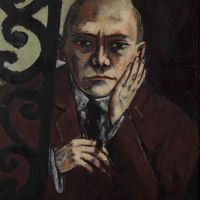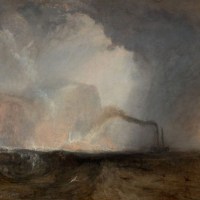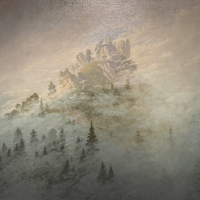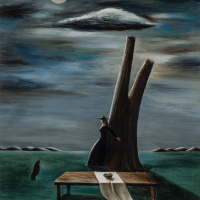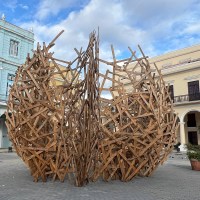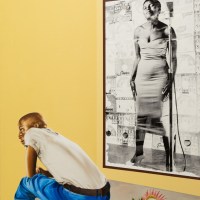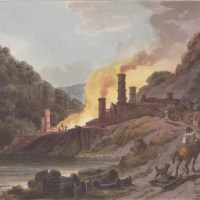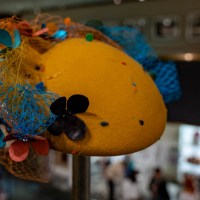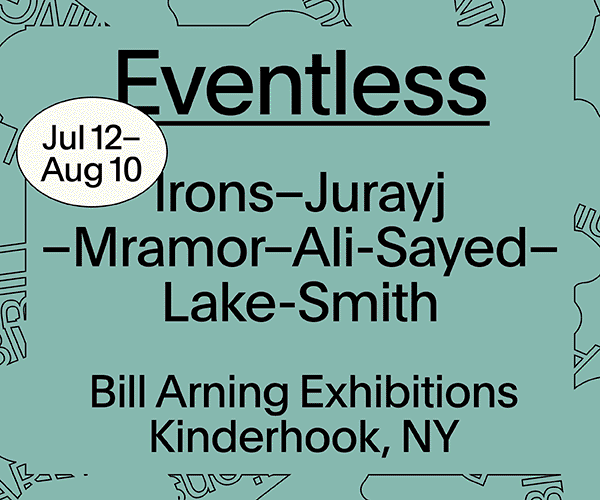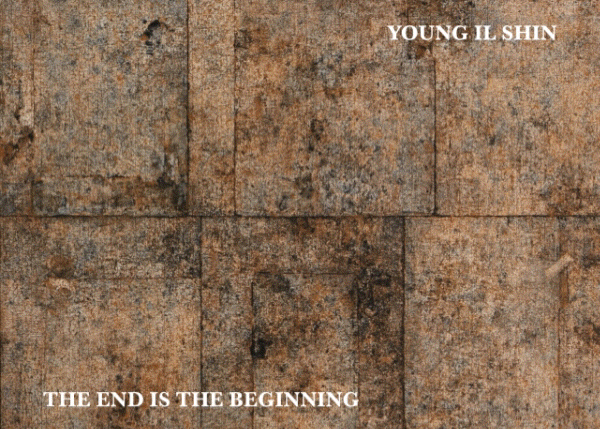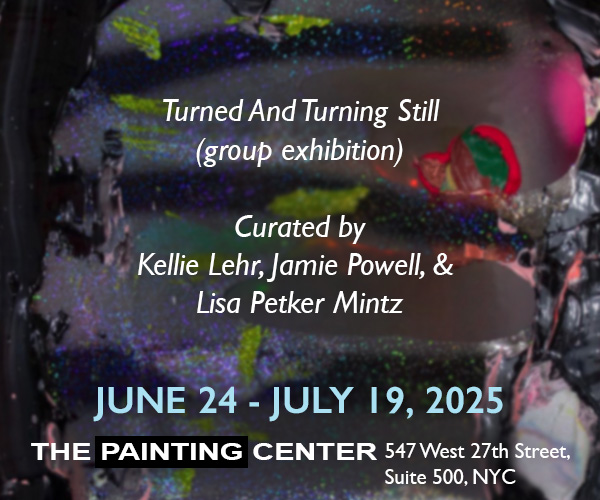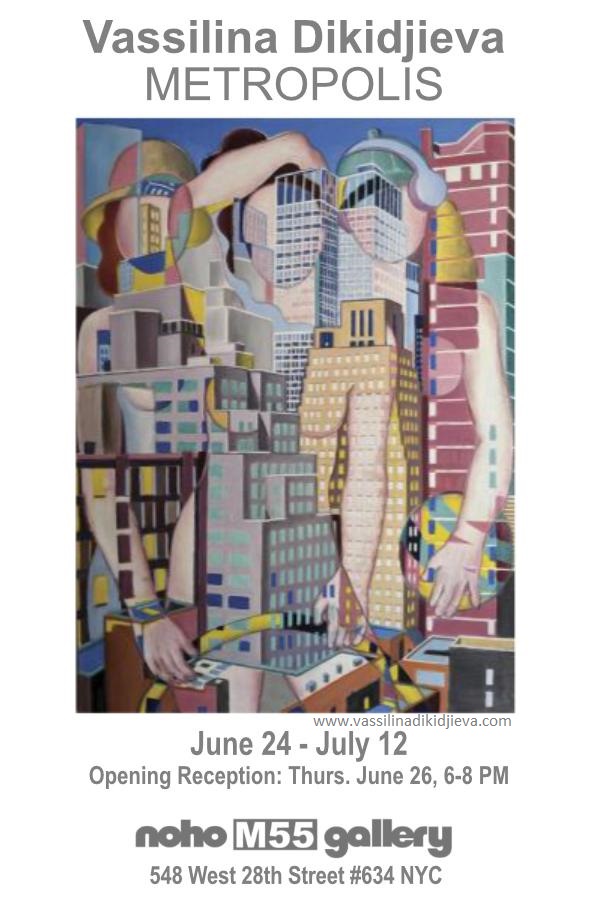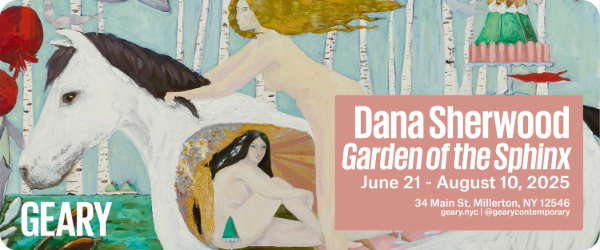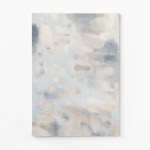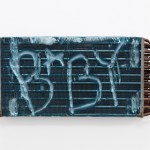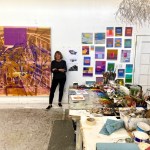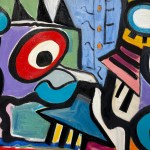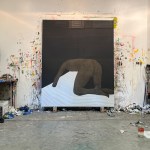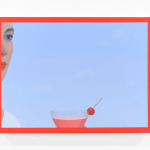Contributed by David Carrier / Significant twentieth-century artists occasionally depicted flowers. Andy Warhol was one, Ellsworth Kelly another. But it’s hard to think of any major painter today who focuses predominantly on them. Rachel Ruysch (1664–1750) lived in a very different world. Thanks to the bountiful worldwide empire of Golden Age Holland, even this stay-at-home painter could obtain an amazing variety of imported flowers. The Toledo Museum of Art’s “Nature into Art,” drawn from her 150 surviving works, is, improbably, the first major exhibition devoted to her. Botany thrived in Ruysch’s time due in part to Dutch imperialism. Flower painting became a major artistic genre, and she and her rivals enjoyed access to an enormous variety of exotic flowers (and insects). Critics rightfully consider her pre-eminent. “At her best,” the catalogue says, “Ruysch painted like a novelist, creating scenes within a framework at large.“ Indeed, her intricately crafted, remarkably varied paintings convey the story of Dutch capitalism.
Museum Exhibitions
Art versus politics
Contributed by Laurie Fendrich / “Modern Art and Politics in Germany 1910-1945” an exhibition of more than 70 paintings and sculptures on loan from the Neue Nationalgalerie, Berlin to the Kimbell Museum in Fort Worth, runs on three tracks. The first carries the art, two-thirds of which has never before been seen in the United States. The second, via informative and well-written wall texts, follows political developments in Germany during three-and-a-half fraught decades. The third consists of the imaginations of museumgoers who, like me, can’t help but see similarities between Weimar Germany in the years leading up to Hitler’s rule and America during Trump’s rise and authoritarian presidency.
J.M.W. Turner at 250: Presciently modern
Contributed by Laurie Fendrich / Some 250 years after the birth of the English Romantic painter J.M.W. Turner (1775–1851), the Yale Center for British Art has re-opened its renovated Brutalist building with a perfectly scaled, carefully curated exhibition of 77 Turner prints, watercolors, and oil paintings from its collection of his works, the largest outside Britain.
Jack Whitten at MoMA: Indelible
Contributed by Jonathan Stevenson / “The Messenger,” Jack Whitten’s momentous and flawlessly curated exhibition at the Museum of Modern Art, is a signal event not just in American art history but, arguably, in American history simpliciter. To be sure, it showcases an art polymath who broke and cultivated important ground across a broad swath of artistic endeavor. But its timing as a socio-political statement seems perhaps singularly important.
Friedrich’s contemplative sublime
Contributed by Margaret McCann / “The Soul of Nature”at the Metropolitan Museum of Art is one of many exhibitions dedicated to German Romantic painter Caspar David Friedrich (1774–1840) on the 250th anniversary of his death. Some of his finest are absent – the epic Sea of Ice’s vision of an arctic shipwreck, The Great Enclosure’s resonant view of a Dresden field Napoleon amassed his troops on, or Ruine Eldena, one of Friedrich’s many depictions of the remnants of the powerful Catholic monastery his hometown Griefswald formed around. But there are numerous studies displaying his keen observation of nature, research he used for paintings creatively orchestrated in the studio.
The mysterious Gertrude Abercrombie
Contributed by David Carrier / Gertrude Abercrombie (1909–1977) was a Chicago-based painter. Basically self-taught, she was inspired by Rene Magritte or perhaps Paul Delvaux to create small, highly distinctive Surrealist paintings. She was a great friend of jazz musicians and much written about by Chicago writers. She had real success in the local art market. Though gone for almost 50 years now, she has recently gained wider attention. In a deft exercise in revisionist taste, Pittsburgh’s Carnegie Museum of Art has mounted a substantial and intriguing display of her work.
Hope and heaviness at the Havana Biennial
Contributed by Katarina Wong / The recent 15th Havana Biennial, organized around the aspirational theme of “Shared Horizons,” unfolded across the city in November 2024 and ran through February 2025. It involved about 400 artists, curators, and art historians among 80 listed venues throughout Havana, several discussed here. Like its predecessors, the exhibition showcased art from Latin America, the Caribbean, Africa, Asia, and the Middle East – art of the global majority often not seen in American or European galleries or museums.
“Project A Black Planet” – Enshrining a promised land
Contributed by David Carrier / Few human developments have been more consequential, in terms of both art history and broader cultural expansion, than the movement of Africans within and out of their own continent. The mammoth exhibition “Project A Black Planet: The Art and Culture of Panafrica,” now at the Art Institute of Chicago in twelve high-ceilinged contemporary galleries, includes more than 350 drawings, paintings, photographs, sculptures, installations, watercolors and prints, but also books, magazines, posters, and record albums, made from the 1920s onward. It’s a lot, but never too much.
Berthe Weill: The gallerist who loved art too well
Contributed by John Goodrich / Hindsight, of course, is 20/20. Looking back at the early decades of modernism, we may sense something inevitable about the ascent of Picasso and Matisse. Weren’t both driven, gifted artists poised to take advantage of their cultural moment? And wasn’t the time ripe for Matisse’s upending of expectations of color, and Picasso’s overturning of pictorial structures? Of course, life is not so tidy and linear for the artists operating in the moment. As the luminous exhibition “Make Way for Berthe Weill: Art Dealer of the Parisian Avant-Garde” at NYU’s Grey Art Museum demonstrates, none of the early modernists had a monopoly on talent or a singularly dominant vision of what painting had to be.
Call it Orphism
Contributed by Adam Simon / At a Four Walls event in Brooklyn in the early 1990s, Erik Oppenheim, at that time a young artist, stood up and said, “I’m starting an art movement. Anyone who wants to join, meet me in the back after the show.” It was a hilarious and audacious gesture, in part because no one joins an art movement on a whim, like a list-serve or an exercise class, but also because there hadn’t been any artist-initiated movements for a very long time. They proliferated in the late nineteenth and early twentieth century with the advent of Impressionism, Surrealism, Futurism, and Dada, and enjoyed something of a resurgence in the 1960s with Fluxus in the United States, Supports/Surfaces and Zero in Europe, and the Gutai Group in Japan. Most of what we consider movements were proclaimed by an outside observer, usually a critic or curator, looking to group artists who had similar concerns and made work that fit the designation. For the artists themselves to rally around a specific cause, even an aesthetic one, was not required.
LA PST Report: Toward better social behavior
Contributed by Peter Plagens / The first edition of the Getty-sponsored “Pacific Standard Time” slate of exhibitions in 2011 was subtitled simply “Art in L.A., 1945 – 1980,” and it aimed to elucidate Southern California’s contribution to American postwar modern art. In 2017, the second iteration was called “LA/LA,” indicating the city’s Latin American art and artists. This time around PST has declared a more specific theme, “Art and Science Collide,” reminiscent of one of those noble Rose Parade rubrics…
Mildred Blount Hat Competition 2024: A showcase of artful headwear
Contributed by Rosetta Marantz Cohen / Who doesn’t love a hat? Whether you wear them yourself or simply admire them on others, it is hard to deny that a beautiful, handmade hat is a marvelous object. As with all aesthetic creations, where hats sit on the continuum between high art and craft, sculpture and practical headwear, depends on the intention of the hatmaker and the predisposition of the viewer. Certainly there’s an argument to be made for giving certain hats their due as museum-worthy objects. Museums have long displayed all manner of objects intended for wear, from designer shoes to lavish evening gowns. The special display of hats currently on view at The Gallery at the Met Store makes the case that hats constitute a unique blend of high art and commodity. Situated unabashedly inside the museum store, the show is perfectly candid about what it is: a thoroughly delightful inventory of beautiful and artful yet wearable things, with prices attached.
Dike Blair: The humanity of light
Contributed by David Whelan / The idea for the exhibition “Dike Blair: Matinee,” now at the Edward Hopper House, came from a discussion the artist had with curator Helen Molesworth in front of Edward Hopper’s 1938 painting New York, Movie. The picture is split in two: on the left a black-and-white film plays on a movie screen, and on the right a stairway leads away from the film, perhaps outside. In front of the stairway is a female usher, leaning languidly at the threshold, bathed in ambient light. The usher, the viewer, and possibly even Hopper himself stand at the boundary, resonating an ambivalence towards a life mediated by technology.
Paula Modersohn-Becker’s modern women
Contributed by Evangeline Riddiford Graham / It sounds suspiciously like Earth Mother art: big nudes, babies, and quite a lot of purple, all underpinned by the conviction that God is female and that the final, necessary stage in becoming a woman is to bear children. But something is off. The nudes are emotionally distant. Preoccupied by breastmilk, the babies show no sign of higher thought. The purple arrives as shadows that renders flesh regal and strange – the purple of 1906, not 1960. And the paintings are extremely good. “Ich Bin Ich / I Am Me,” now up at the Neue Galerie, is the first major US museum show of the paintings of Paula Modersohn-Becker (1876–1907).
New Spain’s inventive painters
Contributed by David Carrier / When the Metropolitan Museum of Art recently rehung its permanent European collection, the galleries devoted to Spanish art included an abundant selection of work from “New Spain,” as the vast Spanish empire was known during the colonial period. From 1521 to 1821, its territory included, among much more, what is now Mexico, Central America, and the US Southwest. Much of the art consisted of sacred baroque painting – arguably the first truly international art style. “Saints & Santos: Picturing the Holy in New Spain,” on view at the New Mexico Museum of Art, does it justice.


